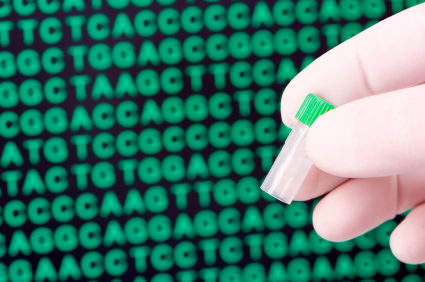
‘Systems Medicine’ is a multidisciplinary field focused on unravelling, computing and integrating physiological and biochemical data, with the mission to develop a specially tailored system of information. As computer-based approaches become increasingly pervasive, not just in developed countries, but worldwide, the need to take physician-centred and patient-centred approaches in the design and development of this field becomes ever more important.
For roughly 50 years now, researchers and practitioners in computational and biomedical sciences have worked to formulate theory and practice that influences the direction of these approaches, and this diverse work makes up the field of Systems Medicine [1, 2]. Broadly speaking, it includes the study of what technology might be able to do for physicians and patients and how both parties might interact with this technology.
Several Good Practices are already in place, such as: the Virtual Physiological Human (VPH), the E-Cell, as well as established educational curricula such as the MS Degree program in Georgetown University, USA and networking and society efforts, such as the European Association for Systems Medicine (EASyM) [3, 4, 5, 6]. This collection on ‘‘Systems Medicine’’ constitutes a significant milestone on an idea that stretches back through the vision posed by Allanson and Fairclough’s ‘‘A research agenda for physiological computing’’ [7].
The body of work planned in the thematic series is to provide a platform for a systemic approach, which avoids reductionism and seeks not to subdivide biological systems in any particular way by dimensional scale (body, organ, tissue, cells, molecules), by scientific discipline (biology, physiology, biophysics, biochemistry, molecular biology, bioengineering) or anatomical sub-system (cardiovascular, immunological, gastrointestinal, etc.) [7, 8]. The results of any experiment require interpretation, especially when the data relate to systems as complex as living organisms. To be meaningful, the data has to fit within the family of ideas, principles or paradigms recognized by the field [9]. Biomedical data is most easily interpretable, for example, when it fits the expectations of a practicing physician, e.g. cardiologist; data that doesn’t fit these expectations often gets ignored [10]. Therefore, a computational reframing and establishment of good simulation practices, similar to the good clinical practices, will benefit medicine as a whole, if it allows physicians to incorporate into the field heretofore -unexpected or ill-fitting observations.
The novel character of computation in systems medicine seems to nurture the imagination and foster ingenuity. It is exhilarating to witness the inventiveness which is abundant in the biomedical computing field and the meaningful application of analysis tools that are being brought to bear on the fascinating challenges of the blend of medicine with computers.
These editors’ writings have already helped me to get my bearings amid the concepts of digital health, orienting my perspective on even my own work. I look forward to furthering that educational process with the present volume.
We would hence welcome submissions of original research articles (including systematic reviews and meta-analyses), but also methodology, software and database articles. This collection in BMC Systems Biology will also include invited reviews.
The deadline for submission of manuscripts is 15th December 2017.
References
- Osttow M. Psychic contents and processes of the brain. I. The brain as a computing machine. Psychosom Med. 1955 Sep-Oct;17(5):396-406.
- Cohen IR. Real and artificial immune systems: computing the state of the body. Nat Rev Immunol. 2007 Jul;7(7):569-74.
- Kohl P, Noble D. Systems biology and the virtual physiological human. Mol Syst Biol. 2002, 5 (1): 292.
- https://www.e-cell.org/
- https://systemsmedicine.georgetown.edu/
- https://www.easym.eu/
- Allanson J and Fairclough SH. A research agenda for physiological computing. Interact Comput (2004) 16 (5): 857-878. 06 October 2004
- Clapworthy G, Viceconti M, Coveney PV, Kohl P. The virtual physiological human: building a framework for computational biomedicine I. Editorial. Philosophical Transactions of the Royal Society A., 2008, 366 (1878): 2975–8.
- Auffray C et al. Making sense of big data in health research: Towards an EU action plan. Genome Med. 2016 Jun 23;8(1):71.
- Topol E. Digital medicine: empowering both patients and clinicians. Lancet. 2016 Aug 20;388(10046):740-1.
Comments